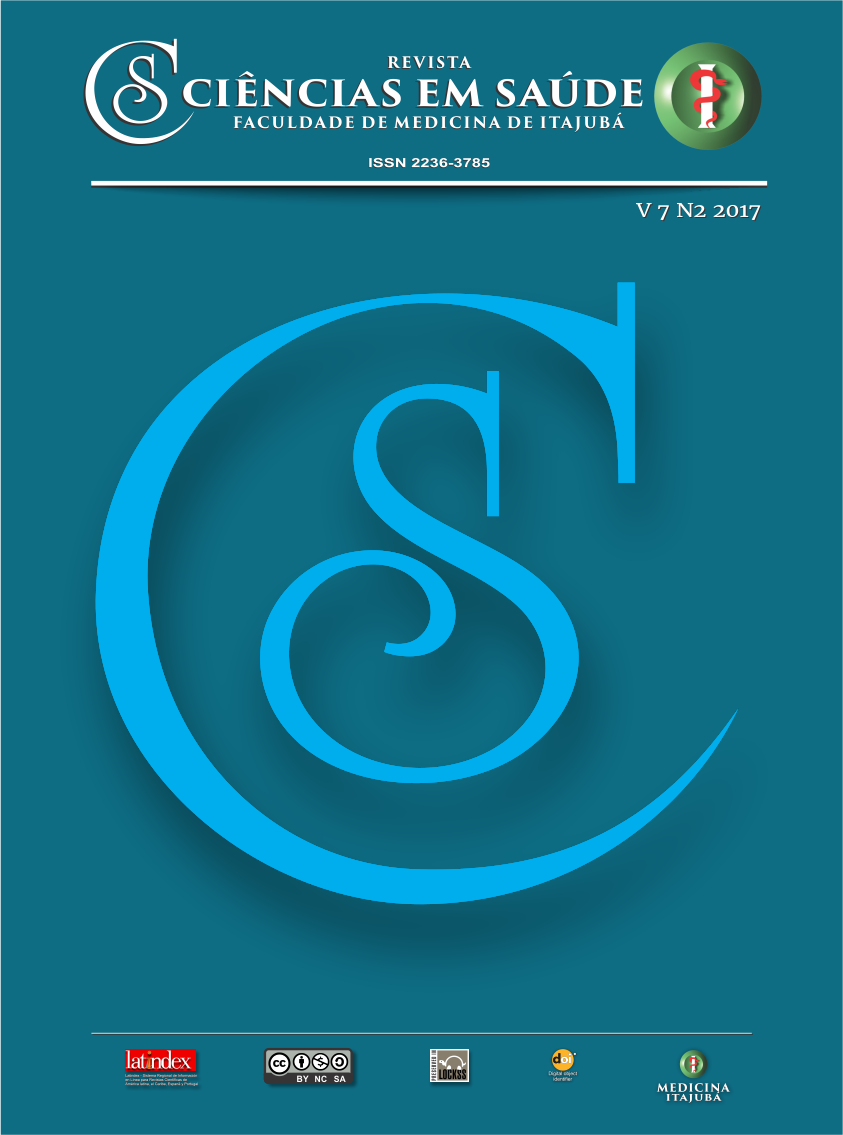Infecções do trato respiratório superior e treinos de alta intensidade: uma revisão integrativa da literatura / Upper respiratory tract infections and high intensity training: an integrative literature review
Main Article Content
Abstract
Este trabalho trata-se de uma revisão de literatura integrativa com o objetivo de discutir os principais achados na literatura envolvendo o comportamento do sistema imunológico frente ao estímulo de treino intenso. Foram utilizados os seguintes termos de busca: “infecção”, “inflamação”, “exercício”, “infecção do trato respiratório superior”. Foram revisados 70 estudos para a seleção inicial, dos quais selecionaram-se 19 publicações que atenderam aos critérios de inclusão. O treino intenso induz alterações transitórias no sistema imunológico, gerando reorganização das respostas fisiológicas entre seus componentes, tais como: citocinas, células natural killer, receptores como toll like, monócitos e linfócitos T e B. O treinamento intenso causa elevação de glicocorticóides e catecolaminas, bem como temporário e inapropriado desenvolvimento da resposta de imunidade adaptativa, especificamente relacionada a uma resposta das células T tipo 1 e 2, aumentando o risco de infecções do trato respiratório superior.
Palavras-Chave: Infecção; Imunologia; Exercício; Infecções respiratórias
ABSTRACT
This review aimed to present a discussion on recent scientific findings that correlated extenuating training and immunological response in human samples. Seventy stud-ies were initially chosen according to the following search terms: "infection", "in-flammation", "exercise" and "upper respir-atory tract infection". Eventually, nineteen investigations met the inclusion criteria and therefore were chosen to compose this article. The literature has shown that intense training is associated with transi-ent changes in the immune system, induc-ing reorganization of physiological re-sponses involving cytokines, natural killer cells, toll-like receptors, monocytes and T and B cells. Furthermore, it has been demonstrated that training at extenuating rates is associated to elevated plasmatic levels of glucocorticoids and catechola-mines. It has also been reported a tempo-rary and inappropriate development of the adaptive immunity response, particularly those mechanisms related to T1 and T2 lymphosite, hence increasing the risk of upper respiratory tract infections.
Keywords: Infection; Immunology; Exercise; Respiratory tract infections
Article Details
Authors maintain copyright and grant the HSJ the right to first publication. From 2024, the publications wiil be licensed under Attribution 4.0 International 
 , allowing their sharing, recognizing the authorship and initial publication in this journal.
, allowing their sharing, recognizing the authorship and initial publication in this journal.
Authors are authorized to assume additional contracts separately for the non-exclusive distribution of the version of the work published in this journal (e.g., publishing in an institutional repository or as a book chapter), with acknowledgment of authorship and initial publication in this journal.
Authors are encouraged to publish and distribute their work online (e.g., in institutional repositories or on their personal page) at any point after the editorial process.
Also, the AUTHOR is informed and consents that the HSJ can incorporate his article into existing or future scientific databases and indexers, under the conditions defined by the latter at all times, which will involve, at least, the possibility that the holders of these databases can perform the following actions on the article.

